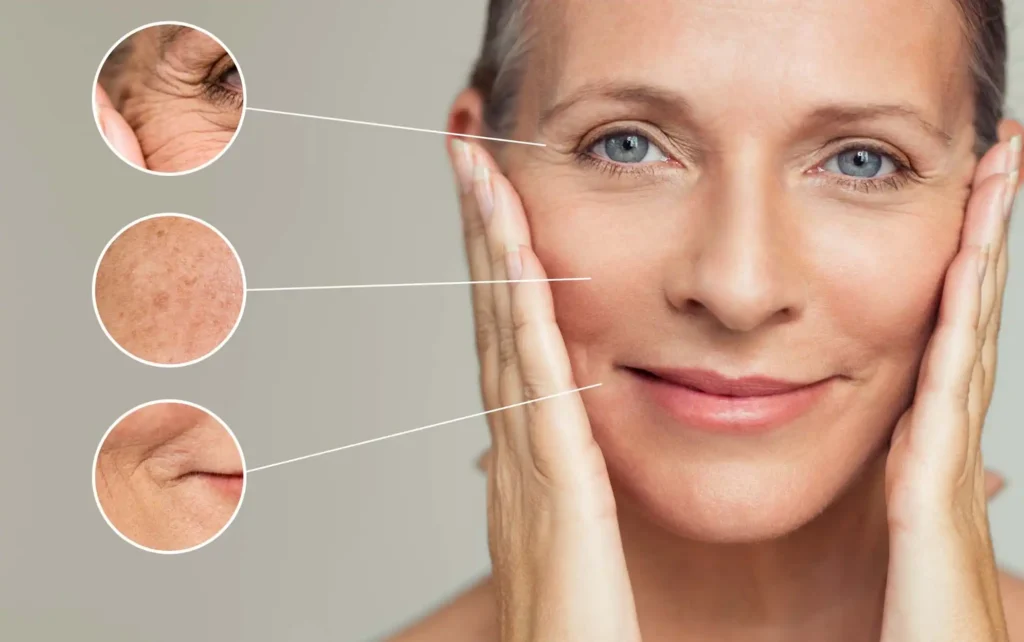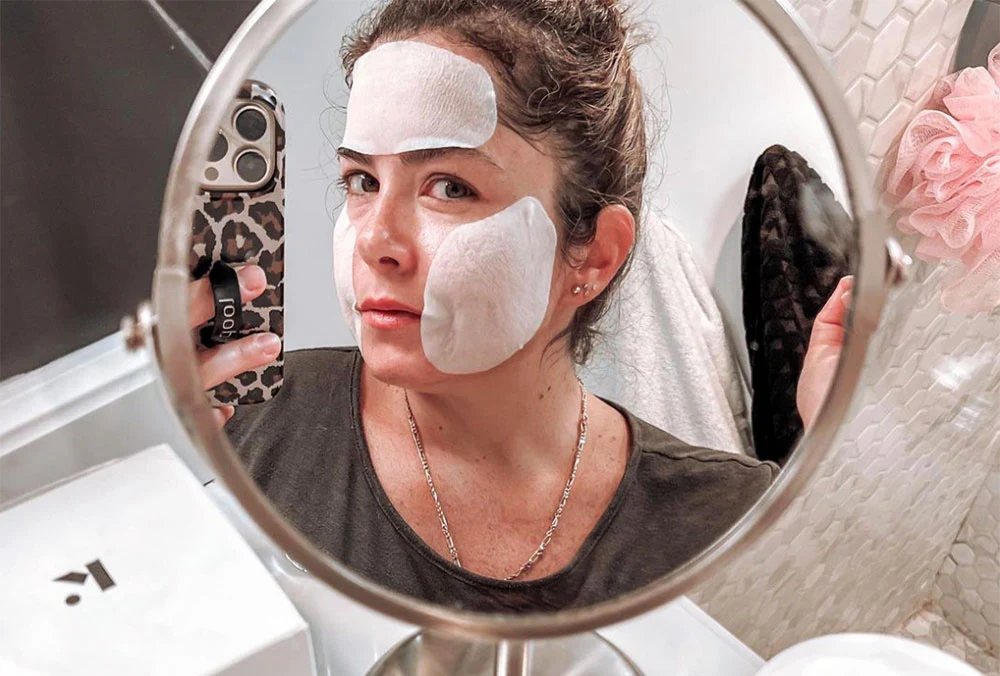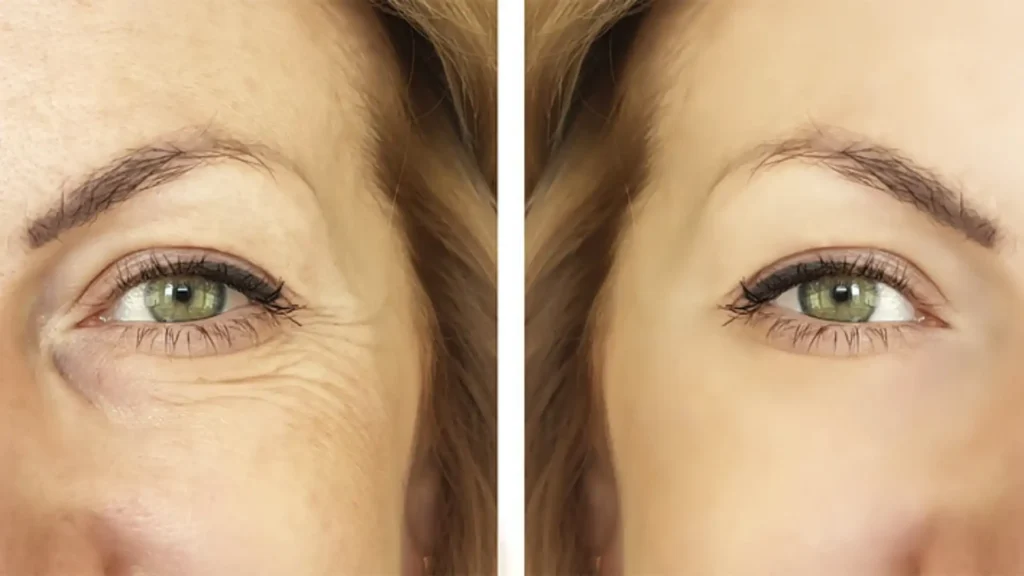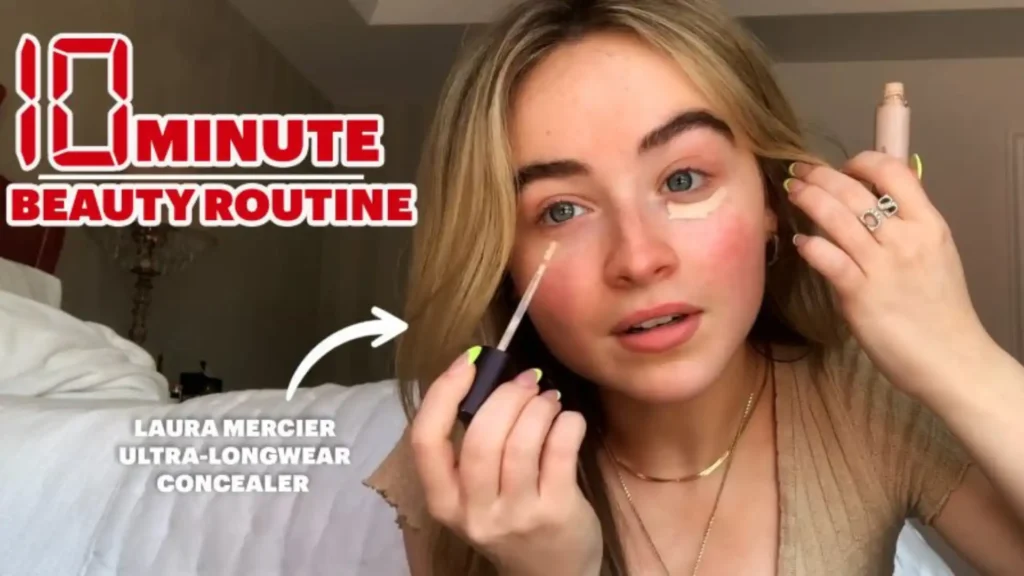fine lines vs wrinkles: In the quest for youthful, radiant skin, understanding the nuances between fine lines and wrinkles is crucial. Many individuals find themselves perplexed by these terms, often using them interchangeably. However, “fine line vs wrinkle”
fine lines and wrinkles are distinct entities, each with its own characteristics and causes. In this article, we delve into the depths of dermatological knowledge to decipher the disparities between the two and provide insights on how to discern them accurately.
Understanding Fine Lines and Wrinkles
What are Fine Lines?
Fine lines are subtle creases that appear on the skin’s surface, usually as a result of temporary factors such as dehydration, facial expressions, and sun exposure. These lines are typically shallow and faint, often first making their appearance around the eyes, mouth, and forehead.
What are Wrinkles?
Wrinkles, on the other hand, are deeper furrows that develop over time due to a combination of factors including the natural aging process, loss of collagen and elastin, and cumulative sun damage. They can be categorized into dynamic wrinkles, which are formed by repetitive facial movements, and static wrinkles, which are visible even at rest.
How to Differentiate Between Fine Lines and Wrinkles

Texture and Appearance
- Fine lines: Shallow and barely noticeable, resembling faint etchings on the skin.
- Wrinkles: Deeper and more pronounced, often forming distinct creases and folds.
- fine lines vs wrinkle
Location
- Fine lines: Predominantly found in areas prone to frequent facial movements, such as around the eyes and mouth.
- Wrinkles: Commonly appear in areas with decreased skin elasticity, such as the forehead and nasolabial folds.
Causes and Progression
- Fine lines: Often temporary and reversible, caused by factors like dehydration and facial expressions.
- Wrinkles: Result from long-term skin changes, including the breakdown of collagen and elastin fibers, and are exacerbated by prolonged sun exposure and smoking.
Consulting a Dermatologist
Seeking professional evaluation from a dermatologist is paramount for accurate diagnosis and personalized treatment recommendations.
Importance of Professional Evaluation
- Dermatologists possess expertise in skin assessment and diagnosis, allowing for precise identification of fine lines versus wrinkles.
- Customized treatment plans tailored to individual skin concerns and goals can be devised by dermatologists.
Diagnostic Tools and Techniques
- Magnifying tools and specialized equipment enable dermatologists to conduct detailed examinations of the skin’s texture, elasticity, and hydration levels.
- Advanced techniques such as skin biopsies may be employed for further evaluation in certain cases.
- fine lines vs wrinkle
Prevention and Treatment

Preventive Measures: fine lines vs wrinkle
- Sun protection: Regular application of broad-spectrum sunscreen and wearing protective clothing help shield the skin from harmful UV rays.
- Hydration: Adequate hydration and moisturization maintain skin elasticity and prevent premature aging.
- Healthy lifestyle: Avoiding smoking, excessive alcohol consumption, and following a balanced diet rich in antioxidants contribute to overall skin health.
Treatment Options
- Fine lines: Topical retinoids and antioxidant-rich skincare products help minimize the appearance of fine lines and improve skin texture.
- Wrinkles: Injectable treatments such as Botox and dermal fillers offer effective solutions for reducing the depth of wrinkles and restoring volume.
- Advanced procedures: Laser therapy, chemical peels, and microneedling stimulate collagen production and promote skin rejuvenation.
- fine lines vs wrinkle
Conclusion
In the intricate realm of skincare, discerning between fine lines and wrinkles is essential for implementing targeted treatment strategies and maintaining youthful skin. By understanding the underlying causes and characteristics of each, individuals can make informed decisions regarding their skincare regimen. Remember, consulting a dermatologist is key to achieving optimal results and preserving skin health for years to come. fine line vs wrinkle
Discover more trends:
- Here’s how to get rid of forehead wrinkles: 12 tips
- The three forgotten wrinkles that can appear under the eyes
- 10 Hairstyles for Fine Hair to Make You Look Fabulous
- Understanding Rheumatoid Arthritis: Early Signs and Symptoms
- Unlocking the Secrets to Ageless Skin: Effective Strategies for Minimizing Wrinkles
- Follow us on Facebook
- Follow us on Pinterest





